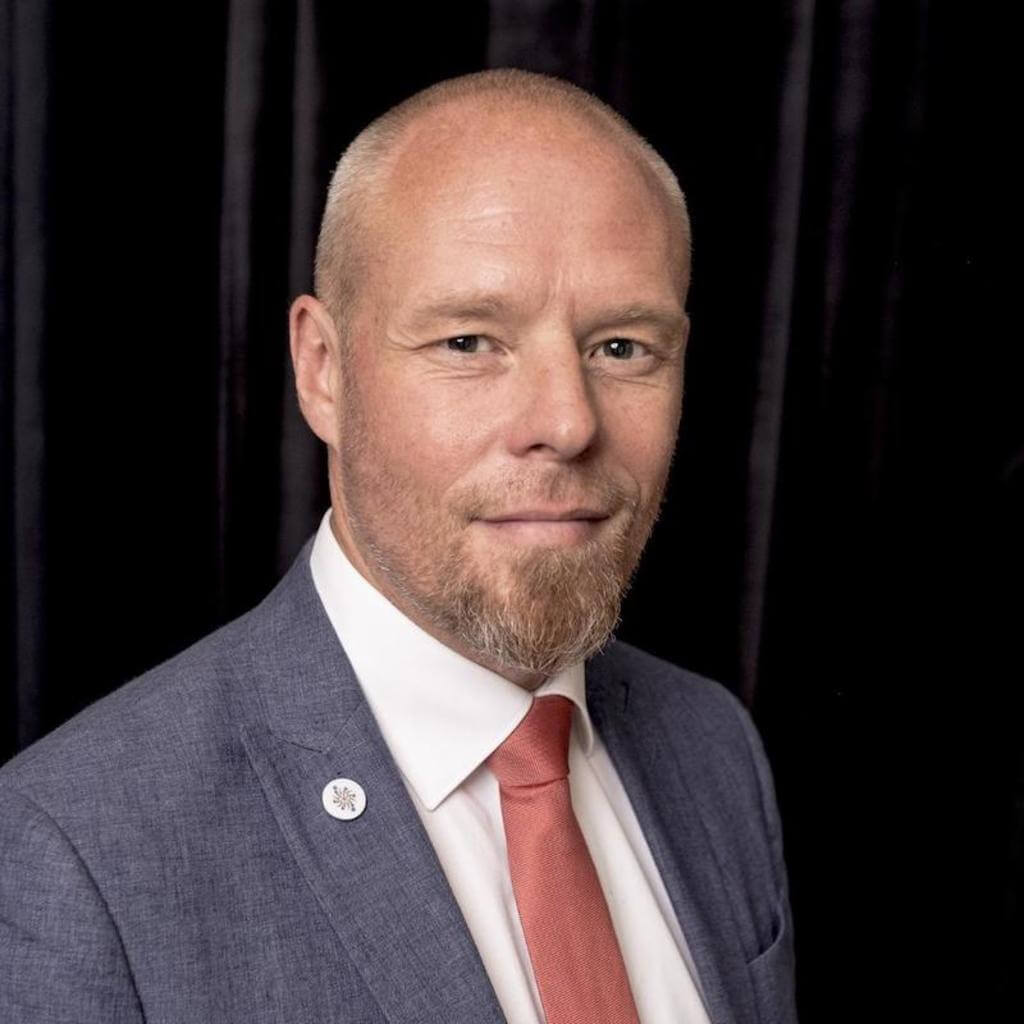How Big Companies Can Simultaneously Run and Reinvent Their Businesses

Share
We live in the age of entrepreneurs. New startups seem to appear out of nowhere and challenge not only established companies, but entire industries. Where startup unicorns were once mythical creatures, they now seem abundant, not only increasing in numbers but also in the speed with which they can gain the minimum one-billion-dollar valuations to achieve this status.
But no matter how well things go for innovative startups, how many new success stories we hear, and how much space they take up in the media, the story that they are the best or only source of innovation isn’t entirely accurate.
Established organizations, or legacy organizations, can be incredibly innovative too. And while innovation is much more difficult in established organizations than in startups because they have much more complex systems—nobody is more likely to succeed in their innovation efforts than established organizations.
Unlike startups, established organizations have all the resources. They have money, customers, data, suppliers, partners, and infrastructure, which put them in a far better position to transform new ideas into concrete, value-creating, successful offerings than startups.
However, for established organizations, becoming an innovation champion in these times of rapid change requires new rules of engagement.
Many organizations commit the mistake of engaging in innovation as if it were a homogeneous thing that should be approached in the same way every time, regardless of its purpose. In my book, Transforming Legacy Organizations, I argue that innovation in established organizations must actually be divided into three different tracks: optimizing, augmenting, and mutating innovation.
All three are important, and to complicate matters further, organizations must execute all three types of innovation at the same time.
Optimizing Innovation
The first track is optimizing innovation. This type of innovation is the majority of what legacy organizations already do today. It is, metaphorically speaking, the extra blade on the razor. A razor manufacturer might launch a new razor that has not just three, but four blades, to ensure an even better, closer, and more comfortable shave. Then one or two years later, they say they are now launching a razor that has not only four, but five blades for an even better, closer, and more comfortable shave. That is optimizing innovation.
Adding extra blades on the razor is where the established player reigns.
No startup with so much as a modicum of sense would even try to beat the established company in this type of innovation. And this continuous optimization, both on the operational and customer facing sides, is important. In the short term. It pays the rent. But it’s far from enough. There are limits to how many blades a razor needs, and optimizing innovation only improves upon the past.
Augmenting Innovation
Established players must also go beyond optimization and prepare for the future through augmenting innovation.
The digital transformation projects that many organizations are initiating can be characterized as augmenting innovation. In the first instance, it is about upgrading core offerings and processes from analog to digital. Or, if you’re born digital, you’ve probably had to augment the core to become mobile-first. Perhaps you have even entered the next augmentation phase, which involves implementing artificial intelligence. Becoming AI-first, like the Amazons, Microsofts, Baidus, and Googles of the world, requires great technological advancements. And it’s difficult. But technology may, in fact, be a minor part of the task.
The biggest challenge for augmenting innovation is probably culture.
Only legacy organizations that manage to transform their cultures from status quo cultures—cultures with a preference for things as they are—into cultures full of incremental innovators can thrive in constant change.
To create a strong innovation culture, an organization needs to thoroughly understand its immune systems. These are the mechanisms that protect the organization and operate around the clock to keep it healthy and stable, just as the body’s immune system operates to keep the body healthy and stable. But in a rapidly changing world, many of these defense mechanisms are no longer appropriate and risk weakening organizations’ innovation power.
When talking about organizational immune systems, there is a clear tendency to simply point to the individual immune system, people’s unwillingness to change.
But this is too simplistic.
Be Part of the Future
Sign up to receive top stories about groundbreaking technologies and visionary thinkers from SingularityHub.


Of course, there is human resistance to change, but the organizational immune system, consisting of a company’s key performance indicators (KPIs), rewards systems, legacy IT infrastructure and processes, and investor and shareholder demands, is far more important. So is the organization’s societal immune system, such as legislative barriers, legacy customers and providers, and economic climate.
Luckily, there are many culture hacks that organizations can apply to strengthen their innovation cultures by upgrading their physical and digital workspaces, transforming their top-down work processes into decentralized, agile ones, and empowering their employees.
Mutating Innovation
Upgrading your core and preparing for the future by augmenting innovation is crucial if you want success in the medium term. But to win in the long run and be as or more successful 20 to 30 years from now, you need to invent the future, and challenge your core, through mutating innovation.
This requires involving radical innovators who have a bold focus on experimenting with that which is not currently understood and for which a business case cannot be prepared.
Here you must also physically move away from the core organization when you initiate and run such initiatives. This is sometimes called “innovation on the edges” because the initiatives will not have a chance at succeeding within the core. It will be too noisy as they challenge what currently exists—precisely what the majority of the organization’s employees are working to optimize or augment.
Forward-looking organizations experiment to mutate their core through “X divisions,” sometimes called skunk works or innovation labs.
Lowe’s Innovation Labs, for instance, worked with startups to build in-store robot assistants and zero-gravity 3D printers to explore the future. Mutating innovation might include pursuing partnerships across all imaginable domains or establishing brand new companies, rather than traditional business units, as we see automakers such as Toyota now doing to build software for autonomous vehicles. Companies might also engage in radical open innovation by sponsoring others’ ingenuity. Japan’s top airline ANA is exploring a future of travel that does not involve flying people from point A to point B via the ANA Avatar XPRIZE competition.
Increasing technological opportunities challenge the core of any organization but also create unprecedented potential. No matter what product, service, or experience you create, you can’t rest on your laurels. You have to bring yourself to a position where you have a clear strategy for optimizing, augmenting, and mutating your core and thus transforming your organization.
It’s not an easy job. But, hey, if it were easy, everyone would be doing it. Those who make it, on the other hand, will be the innovation champions of the future.
Image Credit: rock-the-stock / Shutterstock.com
We are a participant in the Amazon Services LLC Associates Program, an affiliate advertising program designed to provide a means for us to earn fees by linking to Amazon.com and affiliated sites.
Kris is a researcher, author and globally sought after keynote speaker on responsible business and business ethics, innovation in established organizations, corporate culture, and the impact of technological change. He is Head of Research & Publishing at Rehumanize Institute. Besides being the editor of Ethics at Work: Dilemmas of the Near Future and How Your Organization Can Solve Them and author of Transforming Legacy Organizations, Kris also co-authored The Fundamental 4s - Designing Extraordinary Customer Experiences in an Exponential World and hosts The Corporate Innovation Podcast – Presented by Singularity University as well as The Responsible Business Podcast. Kris has been lead researcher on the international Responsible Business Study conducted by Accenture and Rehumanize Institute, which identifies 4 pillars that set Responsible Business Leaders apart from the rest and enable organizations to design systematically for responsible business. He has co-founded SingularityU Nordic, the experience design firm DARE2, accelerator program Thinkubator and co-working space DARE2mansion and is a GeoTech Center Action Council Member at the Atlantic Council (a nonpartisan organization that works towards shaping a stronger future together) as well as global SingularityU expert and speaker.
Related Articles

New Gene Drive Stops the Spread of Malaria—Without Killing Any Mosquitoes

These Robots Are the Size of Single Cells and Cost Just a Penny Apiece

Hugging Face Says AI Models With Reasoning Use 30x More Energy on Average
What we’re reading
